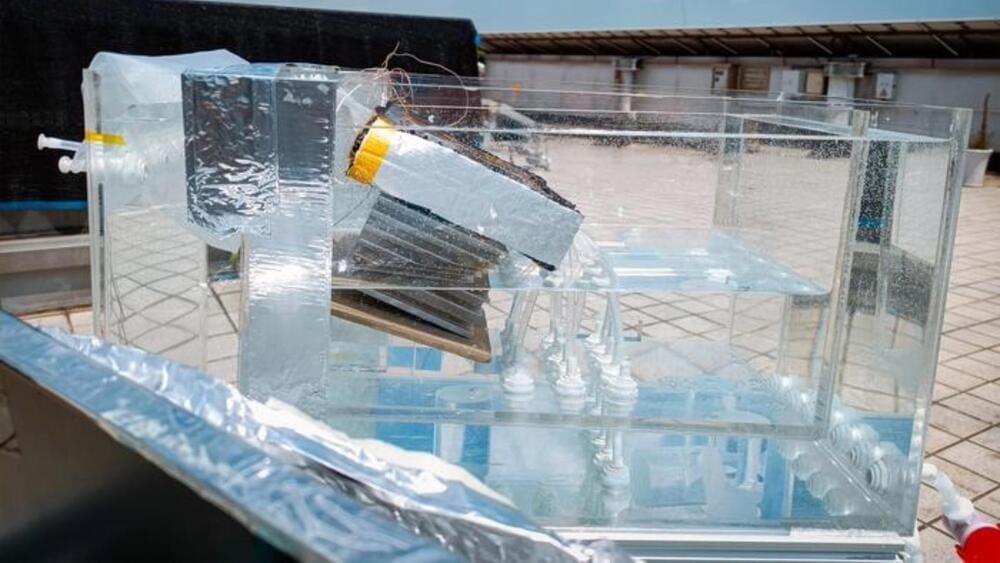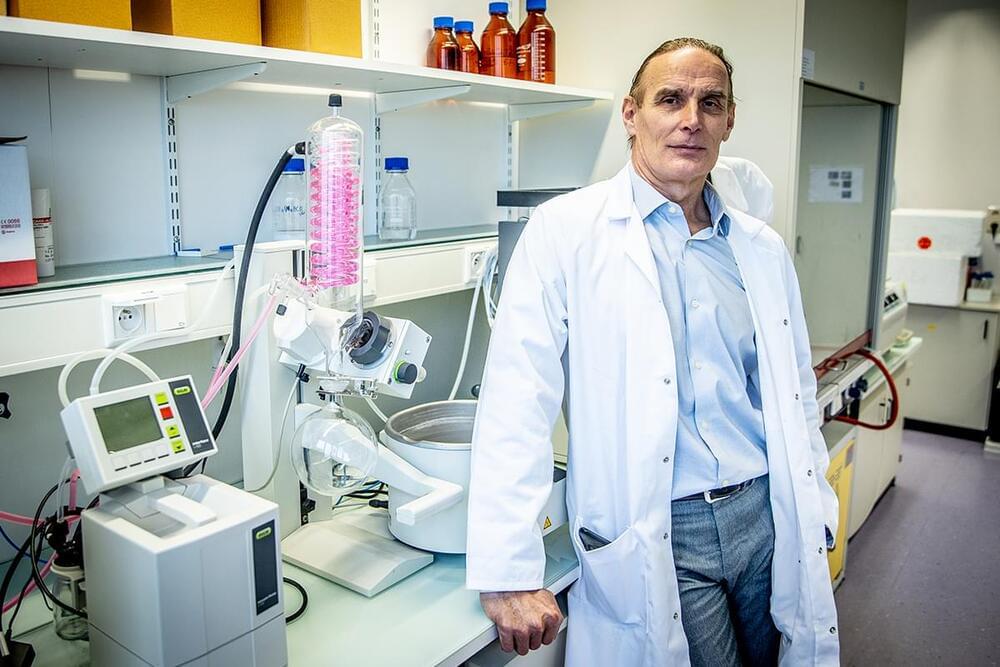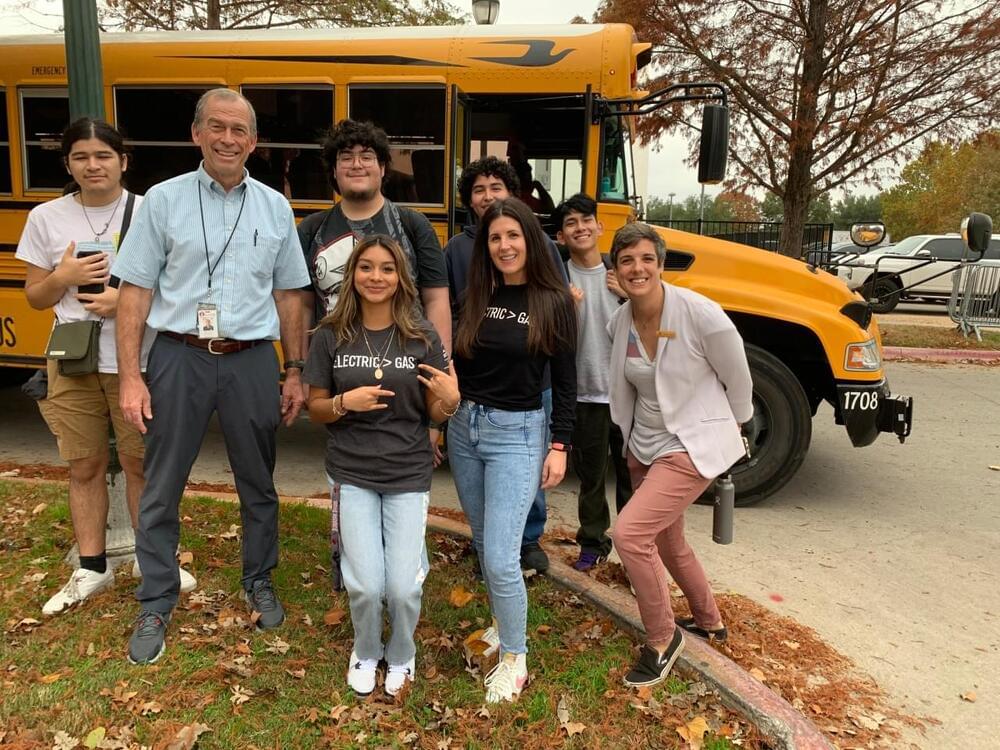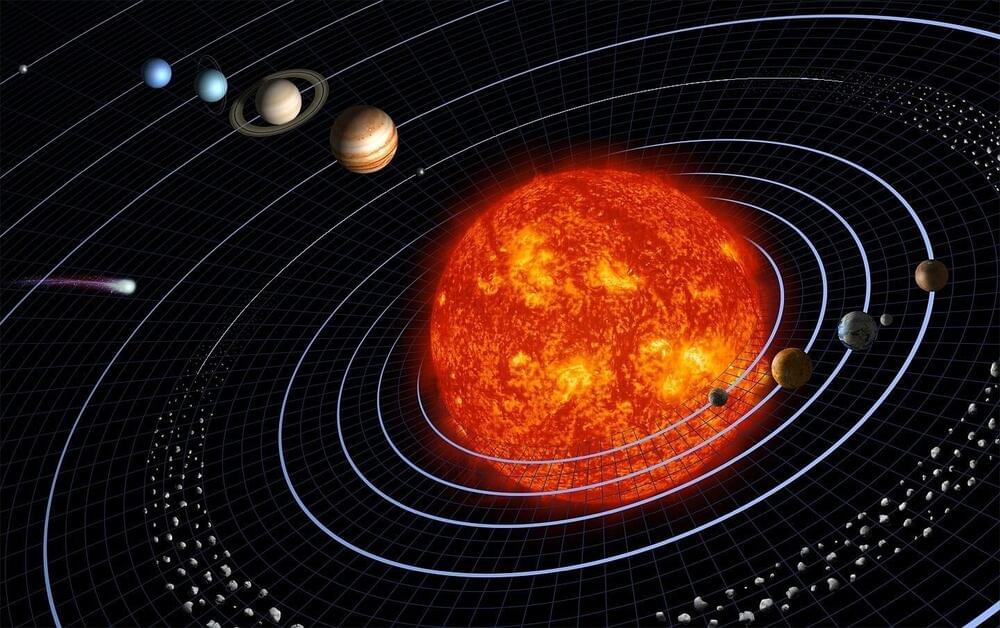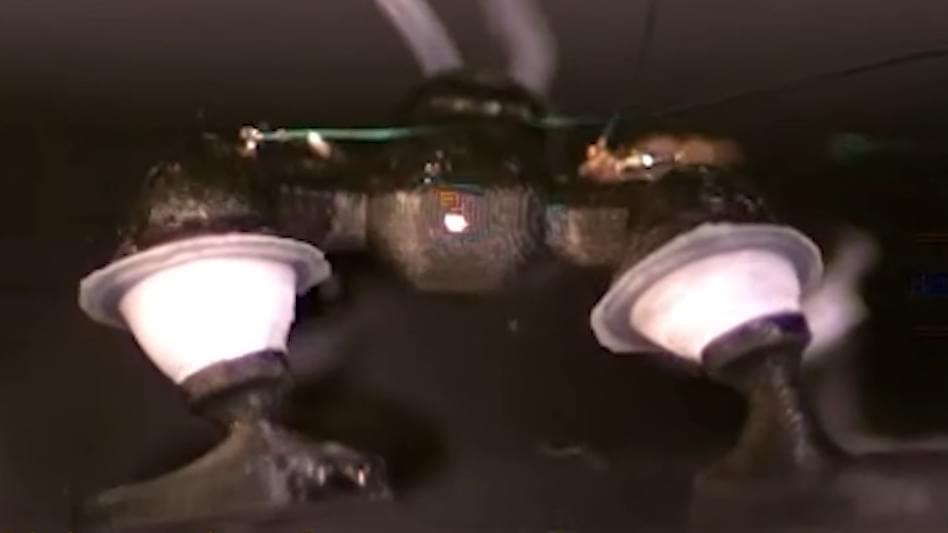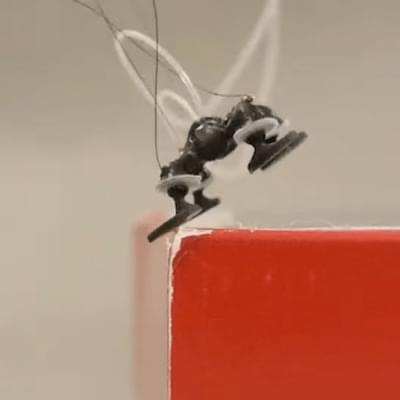The Transportation Authority of Marin board has voted to accept a framework to accelerate the transition to electric vehicles, in some cases faster than required under state law.
The “Marin Countywide Electric Vehicle Acceleration Strategy,” developed by the interagency Marin County Climate and Energy Partnership, is meant to provide a playbook of policies and actions for jurisdictions to employ to ready their communities for a growing number of electric vehicles.
Several Marin communities have already accepted the strategy, and the Transportation Authority of Marin board did so on Thursday. The authority is a state-managed congestion management agency that also provides rebates to public agencies for installing charging stations and electrifying their vehicle fleets.

